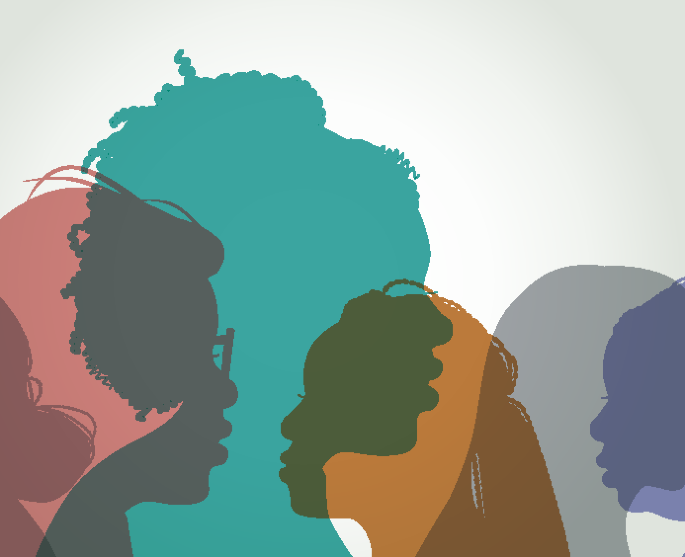
The study was designed using a community-partnered participatory research framework. Vargas emphasizes, “Our research team was particularly focused on understanding this experience among sexual minority people of color with low-income backgrounds. We had many conversations with our community partners about the constellation of stressors that this group of people experience due to their intersectional minoritization.” Participants completed self-report measures and provided hair samples for cortisol analysis and were categorized on the basis of their experiences of discrimination as follows: those who faced intersectional heterosexism and racism; those who faced only one type of discrimination; and those who faced no discrimination. The study found that participants experiencing intersectional discrimination had higher concentrations of cortisol in their hair, indicative of greater chronic stress, than those experiencing a single type of or no discrimination. However, no significant differences in depressive symptoms were observed on the basis of discrimination type. Vargas explains, “It is not social identity per se, but experiencing intersectional discrimination in relation to these identities, that negatively impacts stress regulation via accumulation of cortisol, a primary stress hormone and indicator of hypothalamic–pituitary–adrenal (HPA) axis functioning.”
These findings highlight the importance of considering intersectional discrimination as a distinct factor that influences physiological stress responses and suggest that the stress of navigating multiple forms of discrimination may have a more profound impact on physiological health than previously understood. Vargas notes, “There is a need for understanding social determinants of health, rather than just focusing on comparisons based on socially ascribed identity. It is not about your social identity or who you are, but rather how you are treated by others and the prejudice you experience tied to your identity that negatively impacts health.”



